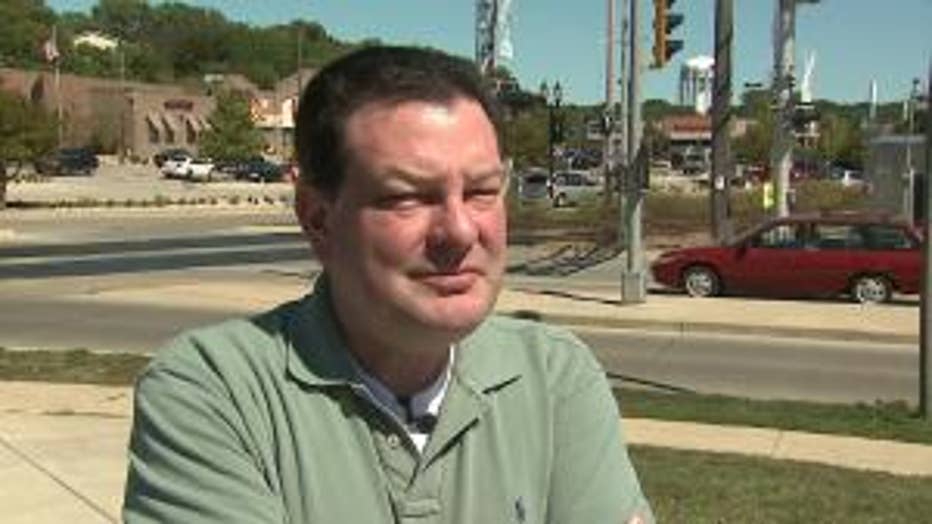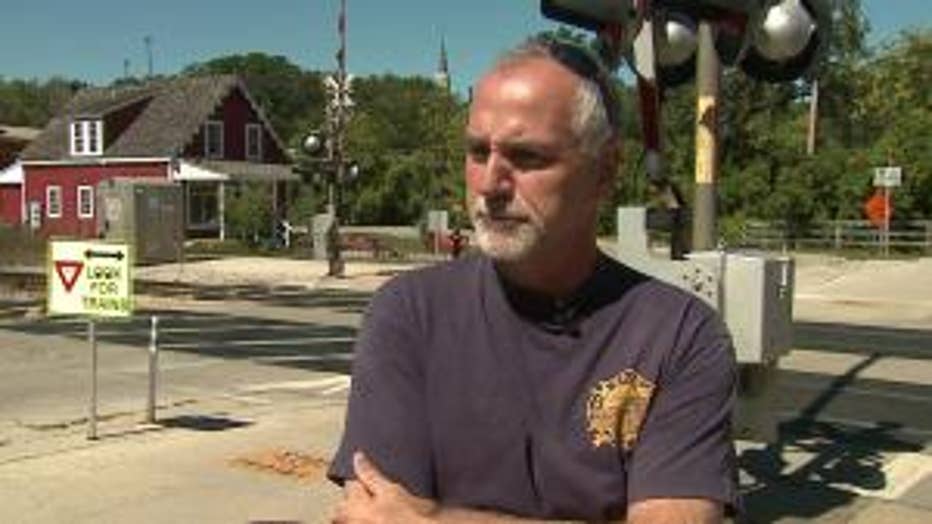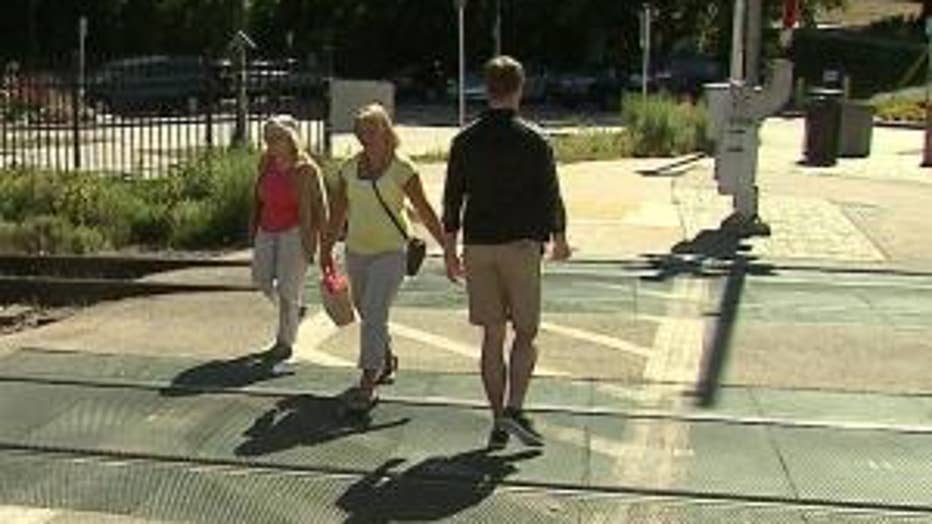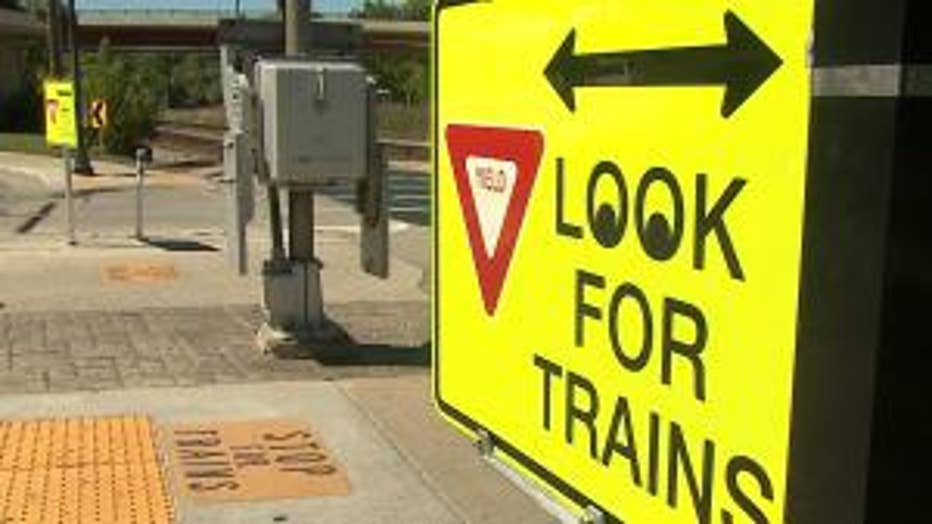Train horn 'quiet zones' pose increased danger
WAUWATOSA (WITI) -- Train horns are still blaring in Wauwatosa three months after the city missed a key federal deadline. Wauwatosa is one of four Wisconsin communities that are fighting to restore their status as railroad "quiet zones." But one former city official tells FOX6 News a rush to restore the silence could put lives in jeopardy.
Under federal law, trains are required to sound their horns at least 15 seconds before reaching a railroad crossing, unless they're passing through a so-called "quiet zone."
But a FOX6 investigation finds railroad accidents are more likely to occur at crossings where train horns are banned.
And Wisconsin has more of them than almost any other state in the country.
When you live right next to a railroad, you get used to the clanging bells and rumbling steel.
But in Wauwatosa, it's something else that's keeping neighbors up at night.
"It's like an alarm clock," says Lloyd Oldenburg, who lives just up the bluff from the railroad tracks.
For years, Wauwatosa was a railroad quiet zone - a place where trains are prohibited from sounding their horns. But on June 25th, the horns returned. And they haven't stopped since.
"It's multiple times a day," says Kevin Fernstrum, a Wauwatosa resident who's tired of the horns.
"Three o'clock, four o'clock, five o'clock, six o'clock in the morning," says another neighbor.
"I figure I might as well just get up and make coffee then," says Oldenburg.
"A buddy of mine lives about 4 blocks that way," says Jeff Plale, Wisconsin Railroad Commissioner. "He called me one day at 2 o'clock in the morning. I said, 'Alright, I get it. The trains are bothering you.'"

Jeff Plale, Wisconsin Railroad Commissioner, says the decision to establish - or reinstate - a quiet zone is up to the federal government. He calls it a "balance" between safety and quality of life.
Plale says it's a matter of public safety versus a public nuisance.
"It's a balance, and it's trying to find that balance."
Wisconsin is home to 74 train horn quiet zones. That's more than any other state, except for Texas.
"They just started popping like popcorn," Plale says. "If village A did it, well Village B wanted it."
But as quiet zones sprung up all over the country, safety concerns emerged. A January 2000 study by the Federal Railroad Administration found a 62-percent increase in accidents at crossings where train horns were banned.
In 2006, the FRA issued new safety regulations for quiet zones. Cities with existing horn bans were given until June 2013 to meet the new standards. But four Wisconsin communities -- Burlington, North Fond du Lac, Superior and Wauwatosa -- missed the deadline.
"Safety has to be addressed down here," says former Wauwatosa Assistant Fire Chief Michael Anton.
Anton - now retired - has been talking about railroad crossing safety for years.
"People from this area have become comfortable and somewhat casual with their relationship to the railroad here," he said.

Michael Anton, retired Assistant Fire Chief for the City of Wauwatosa, has been calling for safety improvements at railroad crossings since 2008.
In 2008, Anton submitted a report to the city's traffic and safety committee, warning that "the level of complacency" around railroad crossings "is nothing short of alarming."
"I've always felt it was a matter of time before there was going to be a serious fatality," Anton said.
Four years later, his fear was realized. In February of 2012, 11-year old Joey Kramer was killed when he walked into the path of a train at 68th and State. He was wearing headphones.
"It's my belief that had the trains been sounding their horns, like they ordinarily would, like they are now," Anton says, "I think there's a high likelihood that the child would have been alerted to the approaching train."
Plale says train operators did sound their horns the moment they spotted Joey on the tracks.
"I don't know if anything short of a brick wall would have stopped that catastrophe," Plale said.
But Anton is convinced that, by the time train operators saw Joey Kramer, it was too late. He believes a standard 15-second warning might have saved his life.
"That's my belief, but who's to really say?"
Since Joey Kramer's death, Wauwatosa has taken steps to improve safety at railroad crossings. But Anton says there's a big piece missing.
According to a FOX6 analysis of FRA crash data, motor vehicles account for a small portion of railroad fatalities. Since 2009, 28 out of 39 railroad fatalities in Wisconsin -- that's

76-percent -- involved pedestrians.
"I've been saying that for 10 years, that there's a lack of adequate warning systems, especially for pedestrians," Anton said. He would like to see Wauwatosa install pedestrian gates similar to the ones that exist for cars.
"The verdict is kind of out on those," said Plale, referring to pedestrian gates. "They use them in other states, we tend not to use them here."
Plale says pedestrian gates may do more harm than good, especially for those in wheelchairs.
"'If you're caught on the wrong side of that, you're now trapped between the gate and the train, and you can`t get back."

Instead of gates, Wauwatosa has added bright new warning signs. They've also added medians at two crossings to keep cars from going around the gates. And the city is hoping that's enough to get their quiet zone back.
"It would be a wonderful thing," says Lloyd Oldenburg. "We could go back to our normal sleeping habits."
Either way, Commissioner Plale says the most important safety feature at any railroad crossing is awareness.
"If you're on the tracks, get off the tracks. If you're approaching the tracks, pay attention to what you're doing. If you're gonna pick a fight with a train, you're gonna lose," Plale said.

